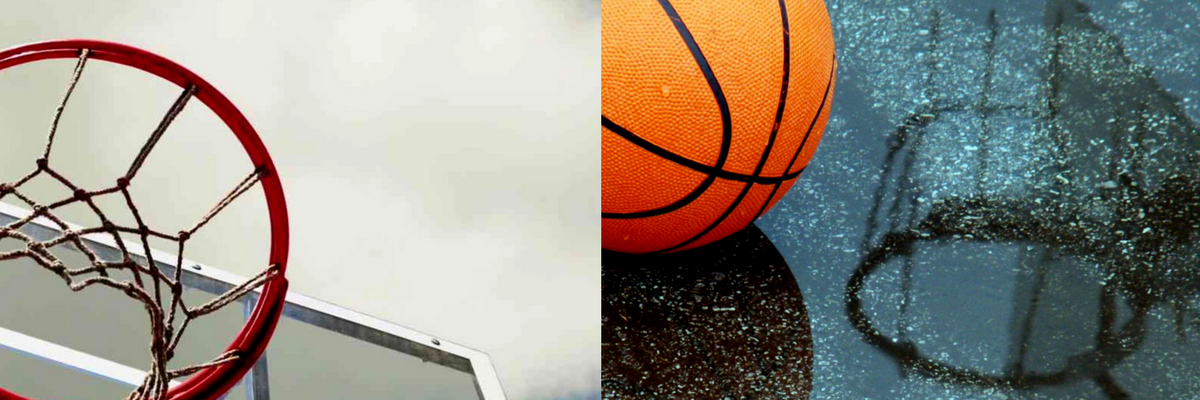The pick-and-roll is one of the most common actions youll see across the league. How a defense handles the pick-and-roll goes a long way in determining how effective most offenses can be. Using Vantages dataset from this season and last, lets take a look at how teams employ one of the more unique pick-and-roll defenses: the switch.
The table below shows the how NBA teams defend on-ball screens. On most occasions, a defense will provide some level of help (hedging or retreating into the paint), and then expect everyone to recover to their original defensive assignments. The Wizards have employed this strategy the most (72 percent of the time) across this two-year period. A defense can also double team the man coming off of the ball-screen to try to create a turnover or force the ball out of the ball-handlers hands. This has been most popular with the Bucks, who double team the ball-handler on about 30 percent of ball screens. Finally, defenses can simply switch on the screen. The defender that gets screened doesnt try to stick with his man, instead he guards the screener, while the help defender guards the ball-handler. The Knicks lead the league in switches.

Powered by Tableau
Some coaches dont like switching because of the mismatches it creates; having your bigs guarding the perimeter and your guards defending the post is not ideal. But depending on your personnel, it can be a good option. If your point guard is too slow to maneuver around screens, switching can be your last resort. If a team is stocked with similarly-sized players and/or a mobile frontcourt, those mismatches created in a switch may not be mismatches after all. Lets take a look at how often teams are switching and how effective their defenses are.
 The table below shows how successful teams are when they switch on pick and rolls. The first column shows how often teams switch ball screens, its the same data as in the table above. The next two columns show the results of those switches, whether they be good or bad. For our purposes, we are considering good defensive play to be a forced turnover, a contested shot, or not allowing any event, such as a shot, assist, foul, etc. A bad defensive play is allowing an open shot, a made shot, an assist, or committing a foul. The fourth column shows how often the defense forces a turnover when switching.
The table below shows how successful teams are when they switch on pick and rolls. The first column shows how often teams switch ball screens, its the same data as in the table above. The next two columns show the results of those switches, whether they be good or bad. For our purposes, we are considering good defensive play to be a forced turnover, a contested shot, or not allowing any event, such as a shot, assist, foul, etc. A bad defensive play is allowing an open shot, a made shot, an assist, or committing a foul. The fourth column shows how often the defense forces a turnover when switching.
Some takeaways from the data:
- For the most part, the teams that do the most switching are the most successful at it. The Knicks, Warriors, and Nuggets lead the league in ball screen switches and are all above average at defending when they switch. Each team may have different reasons for their switches. The Nuggets have an army of athletic swingmen, which is perfect for switching, while the Knicks point guards can be a bit limited on defense and may have trouble fighting through screens.
- The Knicks, under Mike Woodson and Mike DAntoni, have been the the most likely team in the league to switch defensive assignments on a ball screen. This is for good reason, as they are also the team with the most good defensive plays on switches. They arent masterful at forcing turnovers or contesting shots, they simply dont allow shots; no event occurs on 52 percent of their switches.
- The Lakers and the Wizards are also quality defenders after switches, but they do it in a different way than the Knicks. Offenses are more likely to get off a shot against Los Angeles or Washington, but these two teams have been the best at contesting those shots.
- The Dwayne Caseys Raptors are the rarest switchers in the league, but they arent particularly bad when they do. Because Andrea Bargnani has struggled so much with help defense, it might be wise to employ more switching to reduce help defense-related mistakes.
- The Bucks and Kings play the worst defense when they switch, but at least Milwaukee has limited the amount of times that they switch. The Kings, on the other hand, switch ball screens an above average amount of the time. After a switch, the Kings give up an open shot to either the ball handler or another player more than 25% of the time.
- The Hawks and Heat are the best at stopping the ball handler from shooting after a switch. Both of these teams have utilized smaller lineups with some success, and having Lebron James, Josh Smith, or Al Horford switching on to your point guard can be much scarier than facing the average big man switch.
- The Grizzlies are the best at forcing turnovers after switches. That should be no surprise, as they are usually among the best in the NBA at forcing turnovers in general. Known for his quickness despite his size, Marc Gasol has forced turnovers on 10 percent of his switches.
Overall, switches are sparingly used across the league, but there are a few teams that utilize it more than others. Looking at lineup data combined with pick-and-roll coverage data could provide a window into how coaches regard the defensive abilities of their players.

